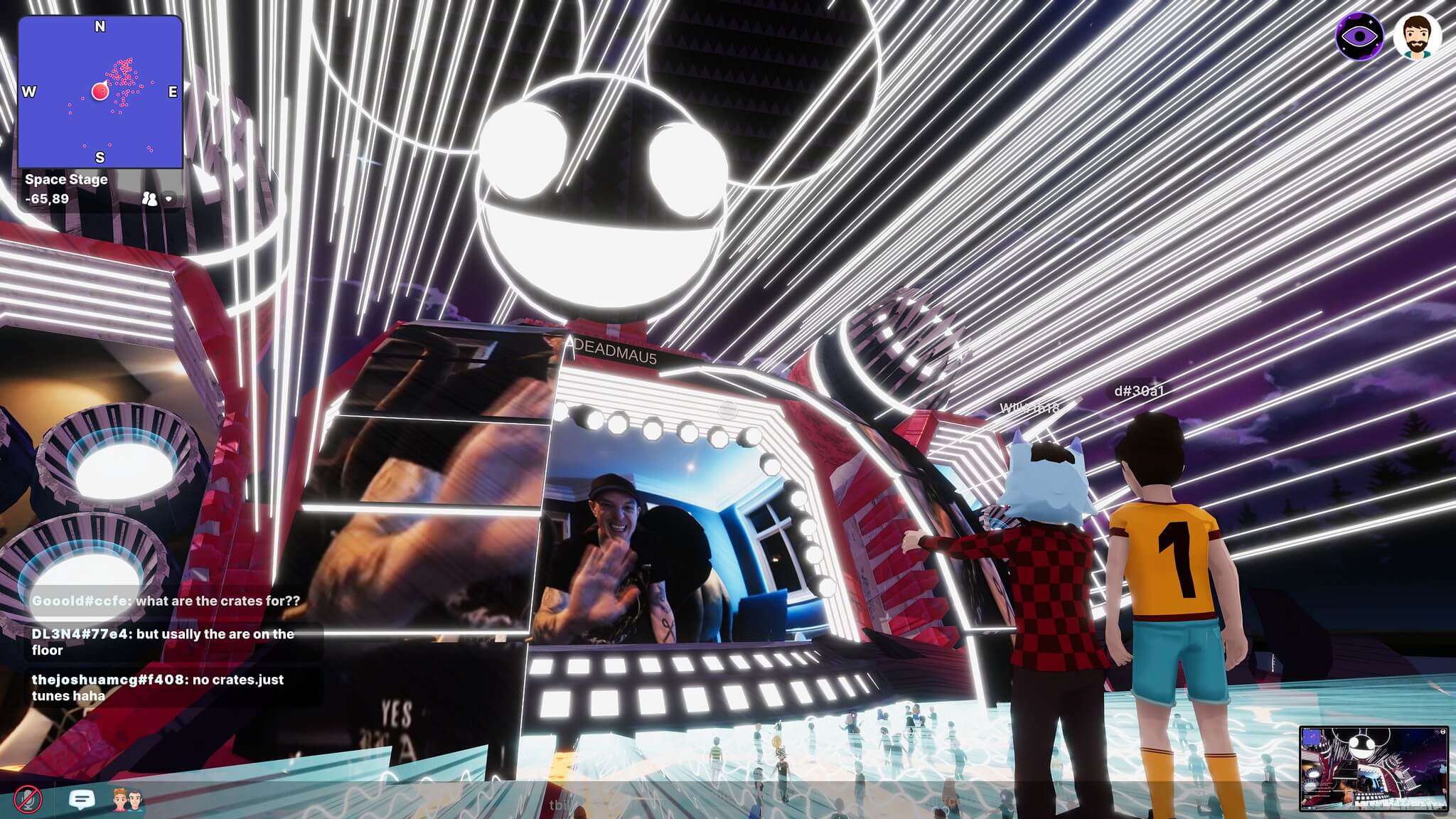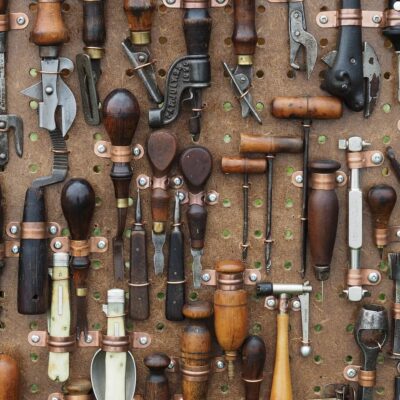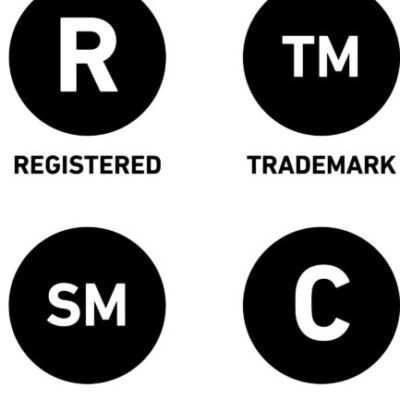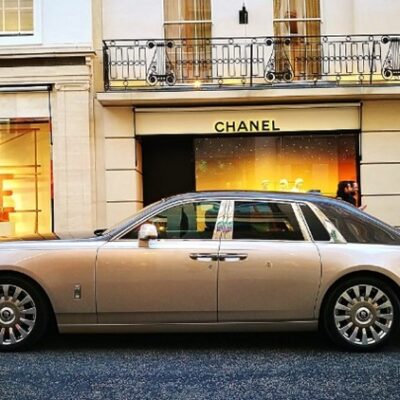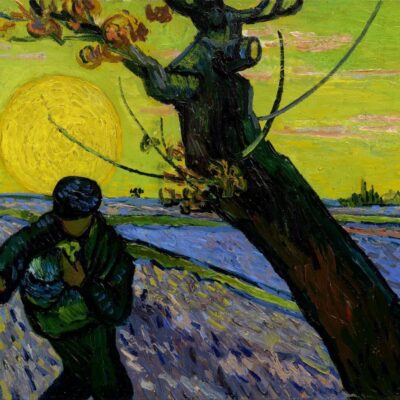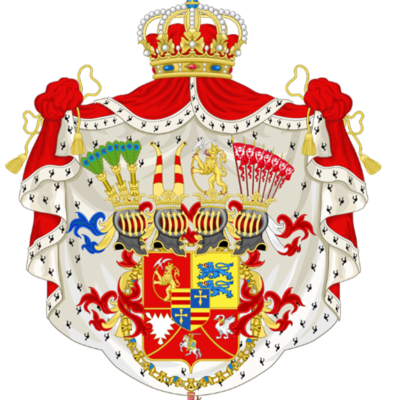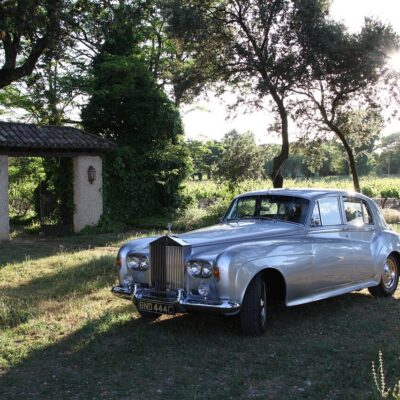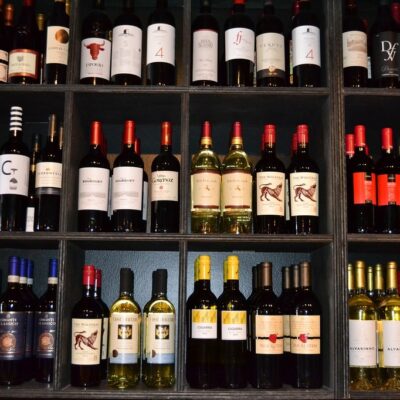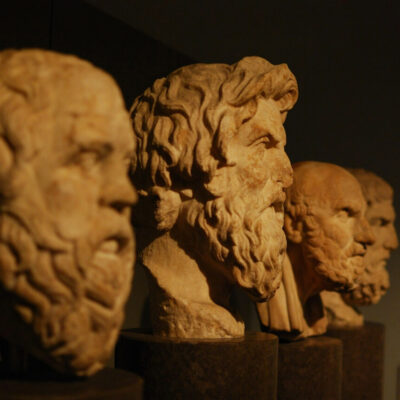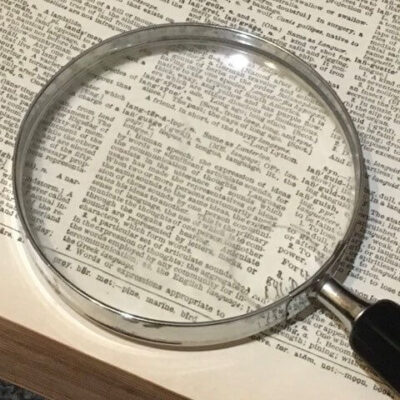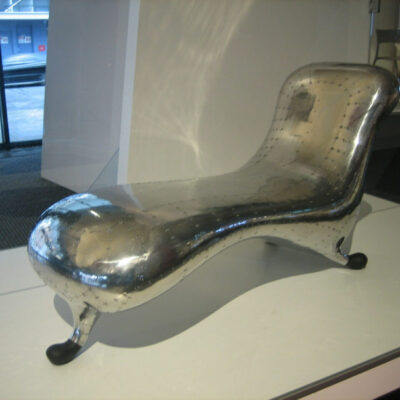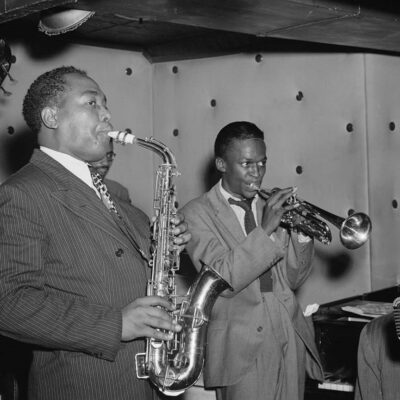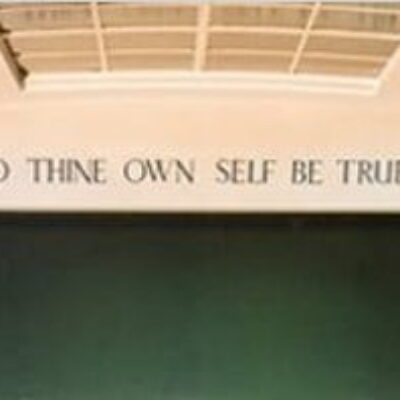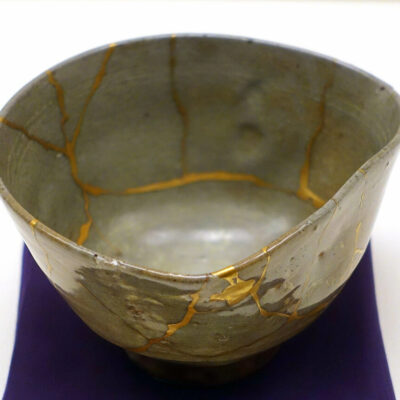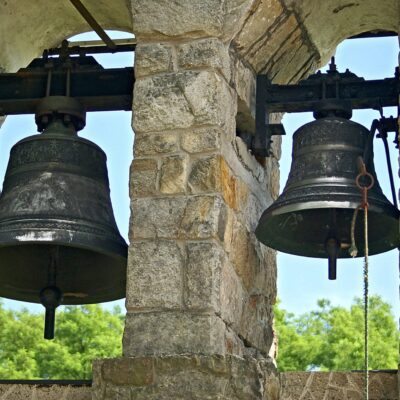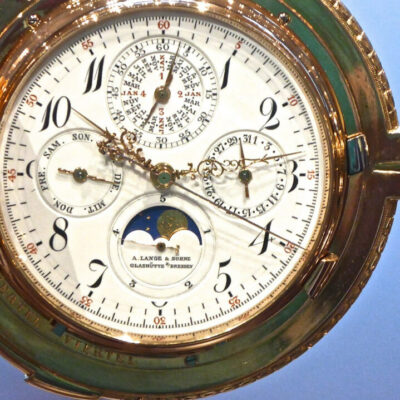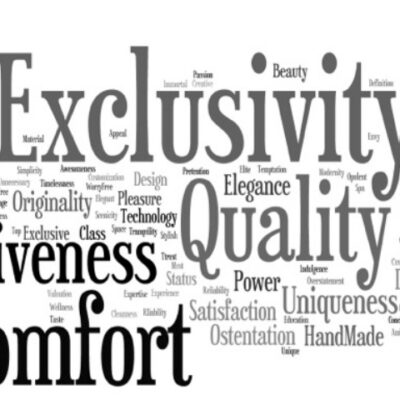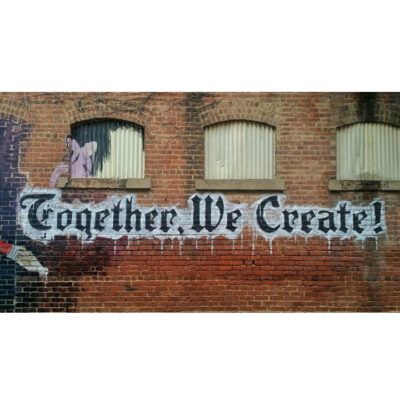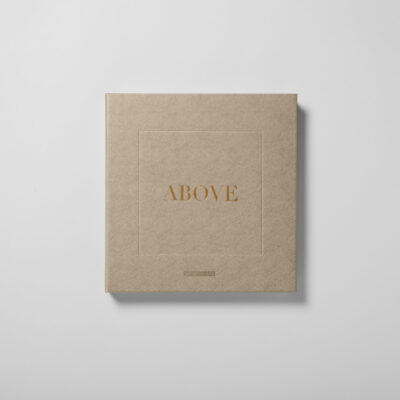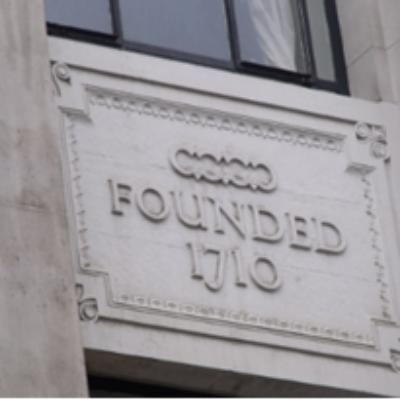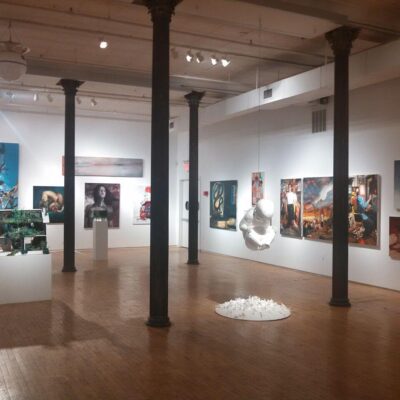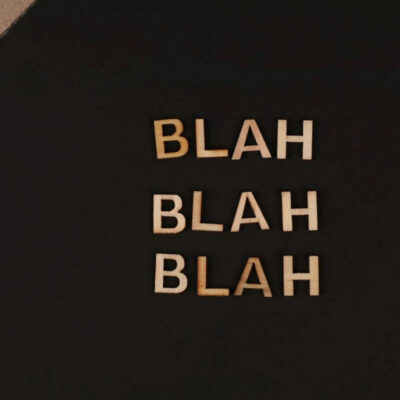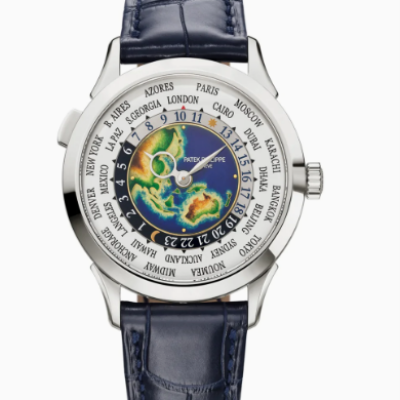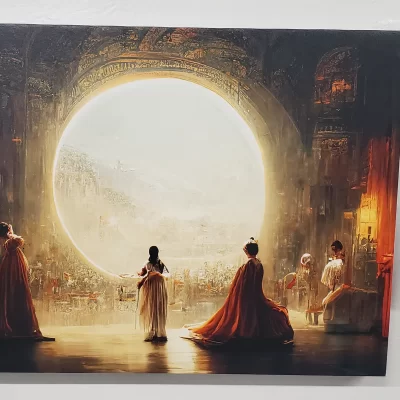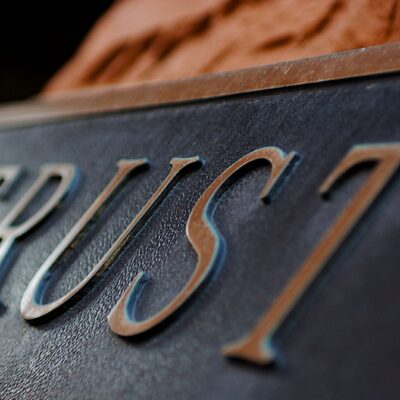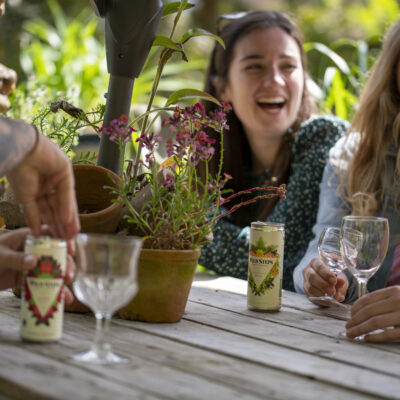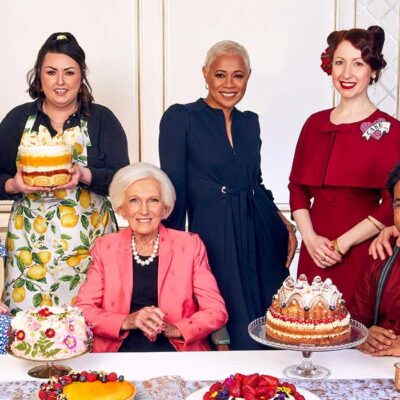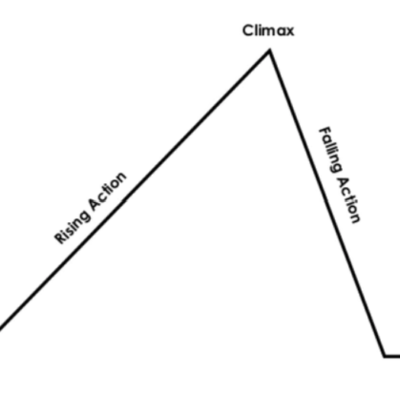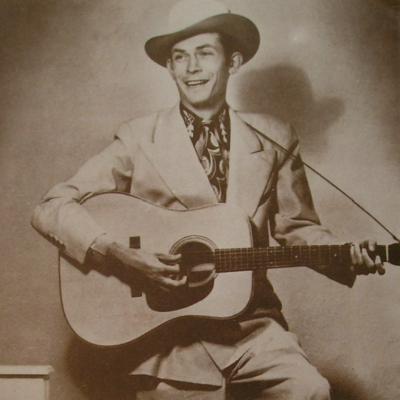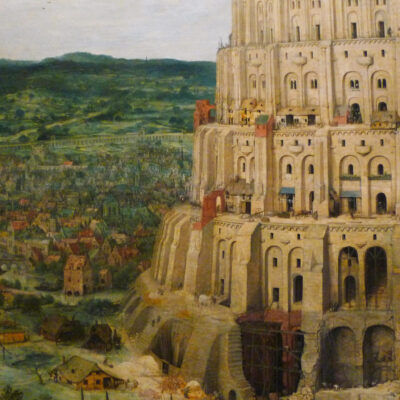Klondike Gold Rush or Fools Gold? No one knows yet how it will pan out.
For some it is a New Frontier full of opportunity. First movers are everywhere: in music, sports, film, fine art (Christie's, Sotheby's are there), and not far behind, luxury brands.
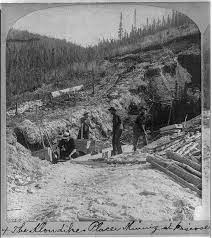
Image credit: Archivo Historico Minero
If you’re in brand marketing, Zuckerberg’s Meta dream, crypto and NFT’s are on the agenda. So, there’s no point in hiding away from it, if only to be part of the conversation. For some it’s FOMO, fear of not being seen to be contemporary. Some brands whose values are young, disruptive or challenger have to be there. Some just want to explore.
We are currently working with a global art collective in the NFT space and are learning much. Here are some thoughts from the front line:
The opportunity for luxury brands
It is becoming increasingly clear that the virtual transformation of brands has great potential, though not yet fully proven.
The Metaverse is in its infancy and the media is starting to comment on how the brand/Metaverse relationship might look. It’s a space that might offer a wide range of possibilities not yet seen – spanning investment, creation, participation – to a range of consumer communities who can express their virtual identities.
The off/online brand dynamic has yet to be fully realised.
Yes, it’s different, but we believe some conventional brand creation thinking may be still appropriate – i.e., marketeers may still need to work out the most engaging, relevant brand proposition. The Metaverse looks like it’s going to be a noisy place to get attention.
Metaverse luxury brand creation will be about developing rich, compelling, virtual first concepts – backed possibly by offline/ physical assets – that communicate brand equity and build long-term value for the community.
It is a complex story to communicate, particularly to older consumers if they form part of the target market. (Much depends on their digital prowess and curiosity).
The more the Metaverse evolves, the more 'real' it will become
Meanwhile we are all learning, and we all need more intel. Our meetings with NFT companies cover the following:
1. The pros and cons of NFT’s especially in sustainability. How eco-friendly is their mining how does this impact on a brand?
2. Will the crypto wealthy, who are mostly young and male, be interested in NFT’s from a luxury brand? What would they look like and how precisely would buyers get any utility from them apart from initial novelty?
3. How does the current presentation and visual currency of NFTs – simple, bright cartoons, neon-like colours – work with the conventional luxury mantras of provenance, craftsmanship, detail, quality, and physicality. For luxury brands does the past or history matter in a virtual world as it does to many luxury brands.
4. The psychology of buying luxury goods. Most luxury products are ‘Veblen goods’ with usually limited use beyond enabling owners to advertise their wealth and status. NFTs enable buyers to broadcast their wealth mostly through the high price they paid, but only if they receive a positive reaction from their community. How does that experience compare to offline? How do they serve as indicators of unique spending power? And how many NFT buyers remain anonymous?
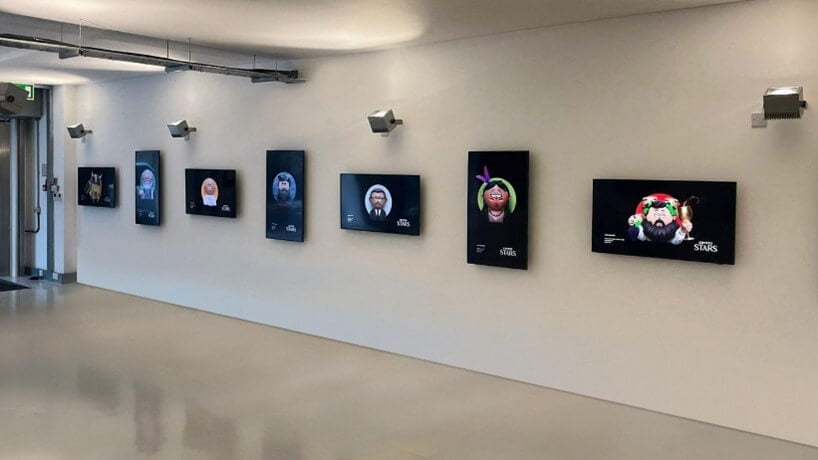
5. How do you look at NFT’s? The second most expensive work by a living artist, David Hockney's Portrait of an Artist (Pool with Two Figures), measures 84 x 120in - perfect for the living-room wall. Beeple's The First 5000 Days (sold for $69.3 million at Christies) is the size of a mobile-phone screen, or an iPad, or laptop. Just last month saw the UK's first NFT gallery - Quantas - open in London. IRL: it brings digital art into a literal space.
6. The luxury business model is famously tight. Brands are run mostly from the centre with strict rules to abide by. Control of image, distribution, pricing and description is paramount. With NFT’s there are no rules. There is no one formula, no one way of doing it. And the virtual community may want to be part of the design process. This makes for an interesting debate about control and ownership, quality control, and authorship…Whose Brand is it Anyway. See Roblox for the future.
Observing NFT's world
- On hype: The main currency seems to be attention. For most people, the very concept of an NFT still feels hard to understand and the froth of speculation surrounding it all makes it harder. But for committed NFT traders the hype is part of the appeal. Apparently Discord and Twitter rooms where NFT-ers hang out, are attracted to the constant chaos, outsized personalities and close-knit communities that make trading NFTs so different to regular stocks or even bitcoin.
- On belief: It seems a closed insular world to many. That’s the point I guess. But the (young) people who believe in the value of the Metaverse seem really passionate about it —and can appear to outsiders like evangelists for a new religion. Interesting.
- On disruption: NFT artists reminds me of the DIY values of 70’s punk. Young musos challenge conventional ideas of what 'art’ ie rock music should be, using new technology/sounds/ attitude to reach new audiences. Thus, sidestepping the usual gatekeepers of taste, marketing and distribution: the galleries/auction houses/record labels. Like Napster did with streaming in the music industry. It took a long time for the music industry to see streaming as a positive, not a threat. Spotify is now their best friend.

- On aesthetics: The results are predictably variable. Much of what I’ve seen is comic-book art, fantasy and sci-fi. What should we expect from a generation that grew up gaming, playing Dungeons and Dragons and looking at Japanese anime? The creators and collectors haven't been engaged with the traditional art market. They are not interested in that or alienated by it. This will change as the environment matures.
- On the politics of ‘bad’ art: At some level does it irritate the orthodoxy and older people on purpose? Is it a style, like the US alt-right, political, anti-woke movement that is annoying for its own sake. It is challenging the idea of what is worth. There seems no imagination or heart to much of the work on offer. That’s the message.
- On art 1: Every age has its art. Is digital art a perfectly obvious natural response to the maturing digital age? Its conversations provoke thought: real/fake, old/young, value and scarcity. What something is worth. One’s relationship to physical things. Ownership. Again, no rules. It’s a ‘Smart Contract’. Creators can make up the rules as to what they sell, who buys. No legals have been established yet. And finally, it gets us talking about the Meaning of Art…(yes, that old one.) And may that’s one of the points about it.
- On art 2: In the traditional art world, there are three types of people who buy art. Because they want to experience it or live in the same space with it. Because they want social proof /validation. Because they want an investment. It’s usually a combination. Are NFT’s just accelerating all this?
- On art 3: Are NFTs the logical conclusion of a long historical process of art being more abstract and less and less object-based and ‘realistic’. Commentators point out these abstract theories have become the whole point of art, and some paintings/works of art now exist only to illustrate the text. This seems partly true to me .The description of the art next to the painting in the Tate Modern is sometimes more interesting the work itself. A brand narrative indeed. If you take that further, an artist’s image, their “story,” or their “creation narrative,” would take precedence over their actual work.

David Hockney, Portrait of an Artist (Pool with Two Figures)
- On value: artists are always creating something out of nothing. Whether they sell it or not, it has value for them at the end profit is something that for many comes second. Maybe much NFT art exists purely to be a type of financial product or asset class and maybe not much thought goes into it beyond that?
- On generations: young people may have a completely different relationship to virtual assets than older people. They also may have little hope of owning homes or having pensions. Maybe as there are no longer any conventional ways to get financial security, we can see why they’d take a punt on some cartoon art and possibly win big.
- On physical possession and disposability: And therefore, the nature of change. It’s life. You think you might know a few things, maybe some perspective, then down the line, comes a new paradigm. The metaverse is provocative intellectually. It raises so many issues on so many levels. What sort of existence in the real world – a dual world probably – will we have. And what sort of society are we making.
Luxury brand survival

Image Credit: Patek Philippe Head Office
We live in uncertain times. As history as shows, luxury has always proved capable of reinvention. Luxury has experienced a turbulent history and shown a great capacity to adapt and survive.
In part due to imaginative entrepreneurial thinking.
In part due to its endless and ever-alluring deeper psychological role: The affluent and UHNWs will always aspire to and desire the best things in life.
Many reasons including escapism, a reward, status signalling, brag value, self-worth issues, belonging, value, identity, insurance, power, creative appreciators. Etc.
These won’t disappear in the Metaverse. It will take new forms though.
Who will help you navigate this new Meta-world?
We can, and we don't forget the Real World either.
Anew are brand development and marketing specialists for ambitious businesses of excellence. Whether it’s insight from research, strategic brand thinking, a new brand name and logo design, messaging, online and offline content or website development, we help companies increase brand profitability through sharper insights, distinctive propositions, creative ideas and faultless execution.
We are particularly adept at working directly with luxury brands, business owners, start-ups and entrepreneurs who are committed to sustainability, outstanding quality, and craft.
Based in the heart of London, we'd be delighted to meet for a coffee, either face-to-face or virtually, to discuss any new projects you might be considering.
Get in touch here.
Other articles
